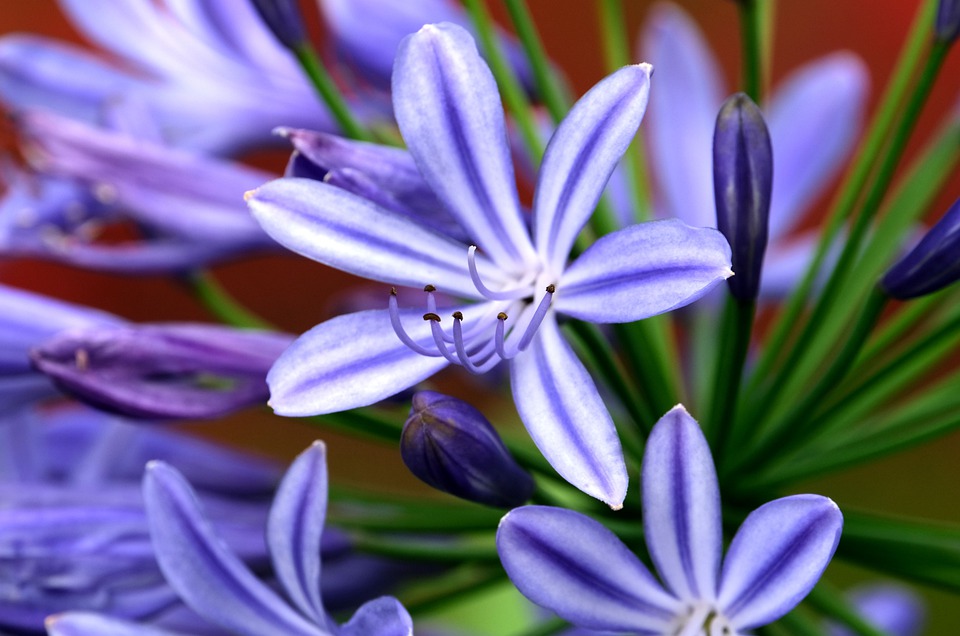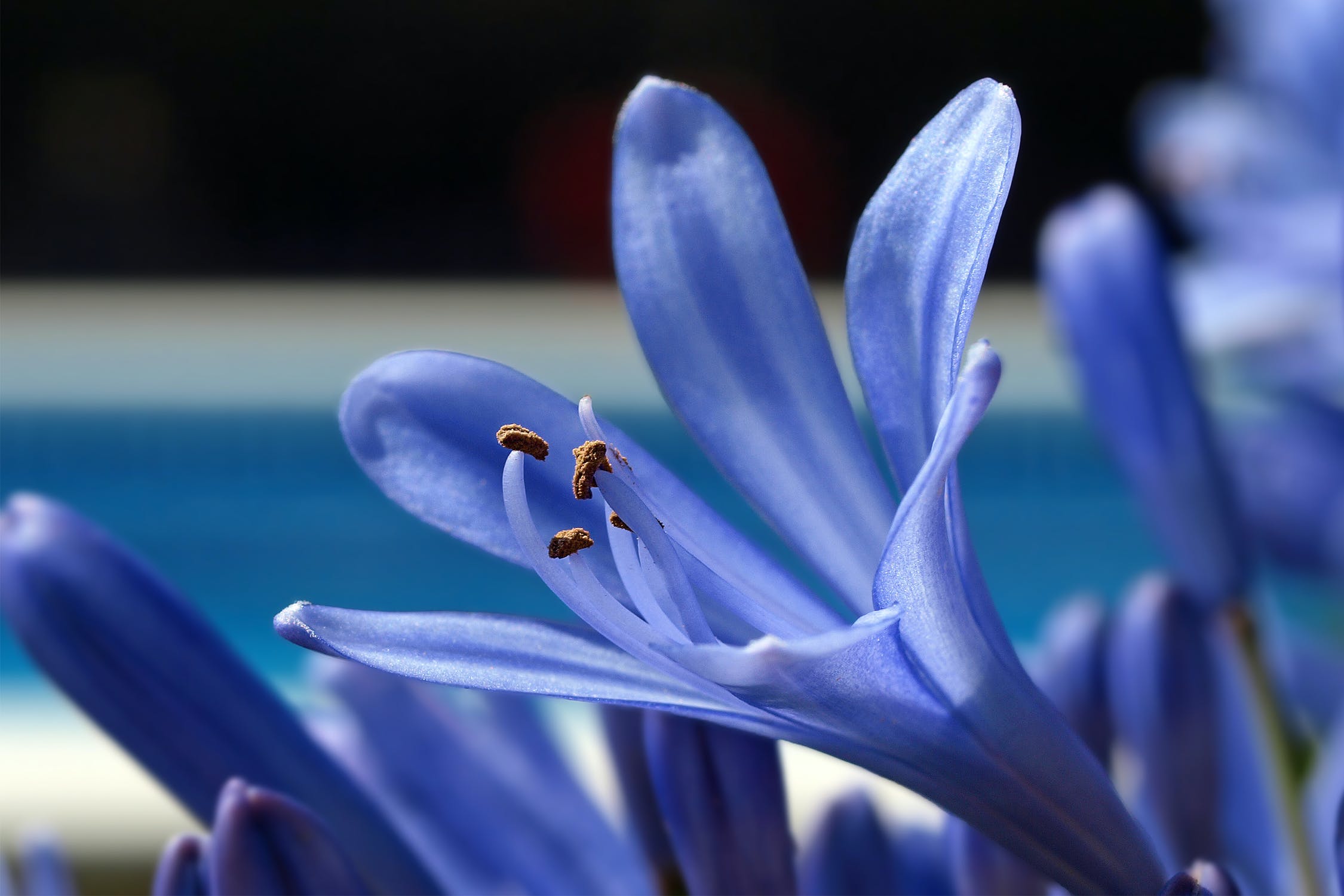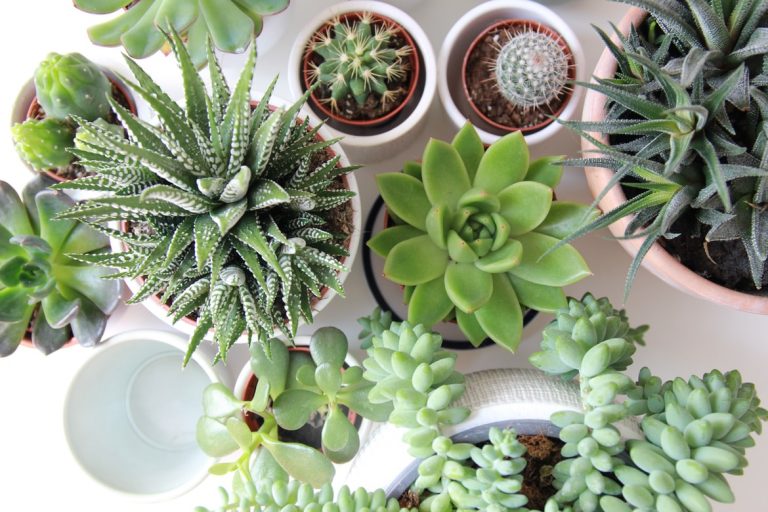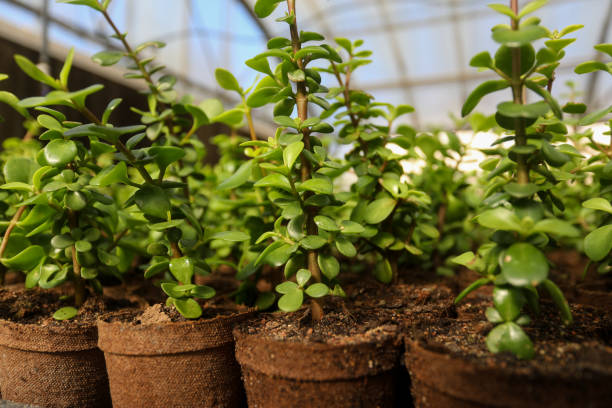How to Grow and Care for Agapanthus?
About Agapanthus
Agapanthus, commonly called African lily, is a genus of eight species that comprise a group of herbaceous perennials in the Amaryllis family (Amaryllidaceae), native to South Africa.
Agapanthus plants are usually evergreen with long, strap-like leaves and produce umbels up to a foot wide of funnel-shaped flowers that range in color from pure white to deep purple. The flowers are sterile and thus do not produce seed.

The name Agapanthus comes from ancient Greek. In Greek, agape means love and anthos means flower, which makes sense as it was once thought that the plant was native to Greece. It also has the common name Lily of the Nile, due to its South African origin.
Over the years, many cultivars have been produced by controlled pollination and selective breeding, with some hybrids being sterile. These have been produced by cross-pollinating Agapanthus praecox with other species and hybrids within the genus. Some cultivars have been patented while others are given trade names.

The following cultivar groups have gained the Royal Horticultural Society’s Award of Garden Merit:
- Agapanthus campanulatus (from near Stellenbosch)
- Agapanthus praecox ssp orientalis (a coastal plant)
- Agapanthus praecox ssp minimus (from Cape Peninsula)
All Agapanthus species can be grown in containers, but it is advisable to use a very large container to accommodate the fleshy roots.
Growing Agapanthus
This beautiful flower is a great addition to any garden.
The African lily is hardy and blooms year round, but it does need some special attention. Here’s what you need to know about growing these gorgeous flowers:

Sun: The African lily needs plenty of sunlight during its growing season, which is from spring to fall. For the best results, give it at least 6 hours of direct sunlight per day. In the winter, they’ll survive on indirect light.
Water: Water the African lily only when the soil underneath its surface is completely dry. Each plant needs about one inch of water in order to thrive. If it gets too much or not enough, it will suffer. African lilies like well-drained soil, so make sure your pot has plenty of drainage holes in the bottom and don’t over-water your plants!
Temperature: This flower can handle both heat and cold — they thrive in temperatures between 40 degrees Fahrenheit and 100 degrees Fahrenheit. During their dormant period (which lasts from late fall to early spring), keep them in a cool area where they won’t get any frost or snow on them — ideally between 50-60 degrees Fahrenheit.

Caring Agapanthus
African lilies are a truly stunning flower, with vibrant colors and exotic blossoms. They are available in shades of yellow, orange, red, purple, white, and pink. The flowers are shaped like trumpets and open upward to show off their gorgeous color to the world!
You can plant agapanthus either in spring or fall—they’re frost-resistant, so they can withstand cooler temperatures. Just make sure the location is sunny and well-drained, and be careful not to plant them too deeply—just enough to cover the roots.

If your agapanthus has gotten old, there are a few things you can do to give it a boost and get it blooming again. First off: divide it! It’s easy to do this in early spring before new growth appears, or in late summer/early fall after flowering has ended. You’ll want to dig up all the rhizomes as carefully as possible and cut apart any clumps into individual rhizomes using a sharp knife or pruning shears. At this point, make sure you select only the healthiest looking rhizomes—the thicker ones with good root growth and little damage.
You can then plant these rhizomes in your prepared garden bed or potting container. To plant them, lay them on their sides and cover them with at least two inches of soil or potting medium, covering their growing points completely.

Now they’re ready for their new life!
Propagating Agapanthus
The easiest way to propagate African lilies is by seed. The seeds are tiny black, brown or white dots that can be planted directly into the soil or started in peat pots.
The first thing you’ll need to do is gather some seeds from your existing plants. You can do this by carefully removing a seed pod from an already-blooming flower. You will know the seeds are ready to harvest when they are dark brown in color and feel hard to the touch. Once you’ve collected them, it’s time to start planting!

You can plant these seeds in any type of soil, as long as it drains well. The seeds will likely take several weeks to germinate, so don’t worry if they don’t sprout right away—just keep giving them plenty of water. However, these lilies tend not to do well in cool climates, so if you live in an area where it gets cold at night (below 50 degrees Fahrenheit), then it may be better for you to start your seeds indoors until springtime arrives and temperatures begin warming up outside.
Pest and Disease Control
One of the most impactful ways to control pests and diseases for African Lily is to be sure that you are creating a growing environment that supports the health of the plant. This includes ensuring that the plant has proper soil drainage, enough light, and that you are keeping up with regular watering. However, we all know that even with these precautions, these disasters can visit our garden anytime so we might as well prepare ourselves for these kinds of problems.

The most common pests that afflict the African lily are aphids and snails, which are both known to eat the leaves and stems of the plant. Aphids can be controlled effectively by introducing ladybugs into your garden; snails can be kept at bay by introducing hedgehogs into your garden. (Note: These methods require you to have a frog-free area.)
Diseases that affect the African lily include rust, white rot, or powdery mildew. To treat rust, water only in the morning to allow water on the leaves to dry throughout the day; for white rot, remove all plant matter from underneath the plant’s canopy; for powdery mildew, avoid overwatering your plants.







